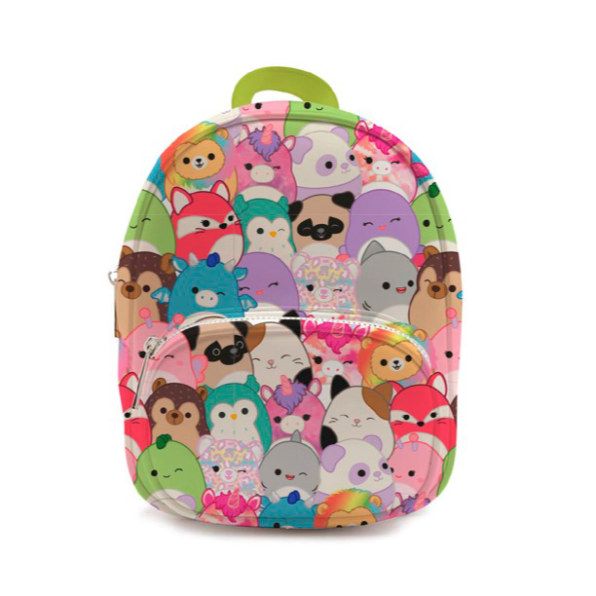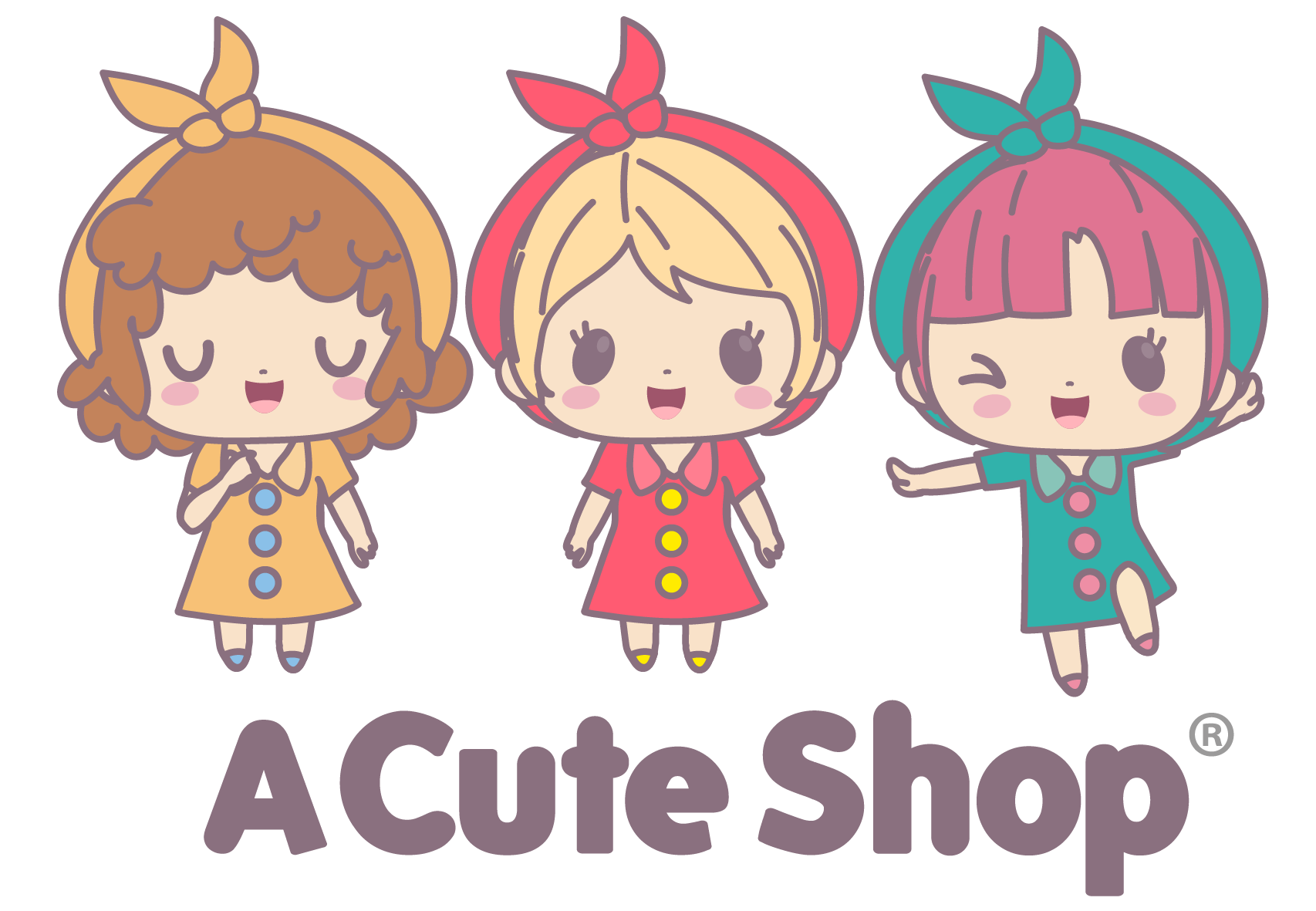How Squishmallows is planning to be the next Hello Kitty
Every so often a toy comes along and gets its fuzzy grip on the public’s attention. Cabbage Patch Kids, Teddy Ruxpin, Furby, Beanie Babies, to name a few, transcended mere popularity with kids (and, yes, adults) to become full-blown crazes, complete with bemused media coverage, wiped-out shelves, and even in-store scuffles.
As with any craze, however, the fervor cooled and those toys receded into nostalgia.
But Squishmallows creator Jonathan Kelly is banking on his plump and indelibly soft creatures becoming more than the current trend they are. “It’s really transforming [Squishmallows] into a lifestyle brand that goes from generation to generation, like a Hello Kitty or a Pokémon,” says Kelly, co-president of Kellytoy, maker of Squishmallows.

“As the pandemic got worse, that’s when it [went] to whole other level,” Kelly says.
More than 100 million Squishmallows have been sold, and its roster of characters has exploded from eight at launch to more than 1,000. Celebrities such as Lady Gaga and Charli D’Amelio have added to the hype by posting their Squishmallows collections on social media. Squishmallows content on TikTok has generated nearly 5 billion video views.
That amount of traction has led to a recent push in licensing across apparel, footwear, snacks, housewares, and more, as well as a deal with talent agency CAA to spread Squishmallows across entertainment, including a recently launched Roblox game. “Our goal is not to oversaturate the market,” says Kelly. “We’re looking to expand that demographic and fanbase for the longterm.”

“It’s an excellent starting point to be cute and universally translatable,” says Dorie Clark, brand consultant and educate at Duke University’s Fuqua School of Business and Columbia Business School. “But with that rapid growth, there’s the potential for the brand to flame out quickly if it comes to be seen as a passing fad. And so the question is, what can hook someone over time? How do you nurture the narrative?”
CAA talent agent Barry Kotler first learned of Squishmallows through his son, who after winning three on the Santa Monica Pier now considers his Squish squad his brothers. “I have four sons, but only one of which is human,” Kotler says. “Spending so much time with [Squishmallows] and being in this business, it struck me as an opportunity.”
That opportunity was to push the brand beyond a toy to hunt and collect and delve more into storytelling around its characters.

A Squishmallows movie is certainly on the table. But knowing that a blockbuster animated picture can take years to make, Kotler is focusing on building up the origin stories of the Squishmallows’s core characters through social media, episodic content, gaming, and live, experiential events. “All of that should work together to build one big story narrative,” he says.
Prior to the CAA deal, Squishmallows struck a content partnership with kids media company Moonbug Entertainment to produce the animated series Squishville that premiered this past summer. But the popularity of Squishmallows on social media hasn’t translated to viewership in the web series: Out of the current slate of 48 videos, the most popular one has only 355,000 views.
Gerhard Runken, senior vice president of brand strategy at Jazwares, says that’s due to the series not having a marketing push. The brand as a whole has relied heavily on organic promotion through social media, he says, and they’ve only been pushing Squishville on its dedicated social platforms. “Everything you’re seeing is organic—the numbers will get there,” Runken says. “We don’t want to do anything sales-y. It disrupts and it hurts the fan base. The fans thinks you’re selling out. You’re not being authentic.”
As Squishmallows develops other content, business and brand strategist Martin Roll underlines the importance of including fans in the process by noting how they interact with products on social media. “You need to have your loyalist to kind of co-construct with you, to co-write the story,” Roll says. “You don’t want to be so over orchestrated that the narrative is all constructed by the company.”
Kotler sees that as a larger generational shift, from brands dictating to an audience to the audience deciding how the brand takes shape.

The key element to Squishmallows being the next Hello Kitty and not going the way of Beanie Babies is being less opportunistic of explosive sales and more cognizant of how kids, teens, and adults are connecting with the brand.
To Clark, that means being ready for the fad to flame out. “You cannot always be the trend. Trends change, but if they can manage to nourish and nurture and sustain a sizable population of evergreen fans that really love Squishmallows, then you can create something sustainable,” she says. “Hello Kitty hasn’t been a trend in a very long time, but Hello Kitty has a sort of ubiquitous presence. It’s a constant, low-level presence, and everybody knows about it. And I think that’s what lasting success looks like in the toy category.”
[ad_2]
Source link


